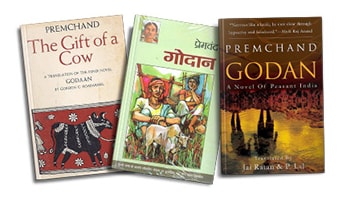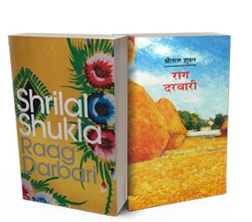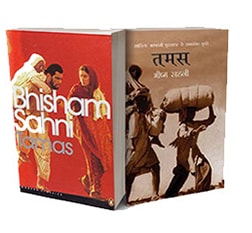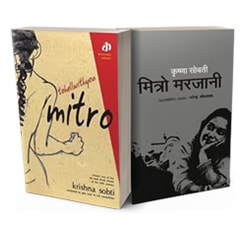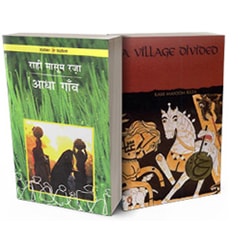June 7, 2019
Priyanka Lindgren
Tags
Book List
Six must-read translations of Urdu novels
With over 50 million native speakers, Urdu is the seventh most spoken language in India. The Urdu language has a rich literary tradition in the Indian subcontinent, ranging from Mirza Ghalib’s poetry to Saadat Hasan Manto’s social realist short stories about Partition.
The Urdu novel and short story was preceded by dastangoi or the oral storytelling tradition. The early Urdu novels that emerged in the nineteenth century were initially centered around urban social life and later expanded to include rural social narratives. In the twentieth century, under the influence of the Progressive Writers’ Movement, Urdu fiction, in particular, the short story form flourished and was concerned with social inequality and injustice. During the Partition period, Urdu fiction primarily dealt with themes of migration, identity, and decolonization.
Here is a list of Urdu novels that are easily accessible in English translation.
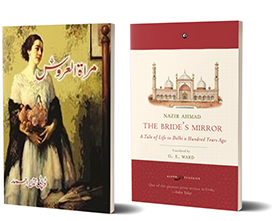 Mirat-al-Urus by Nazir Ahmad
Mirat-al-Urus by Nazir Ahmad
Translated as The Bride’s Mirror by G.E. Ward
Published in 1869, The Bride’s Mirror deals with the themes of female education in Muslim society and social and educational reforms in the second half of the nineteenth century in India. The plot revolves around the contrasting life paths of two sisters from Delhi who are married to two brothers. Akbari, the spoilt and poorly educated sister lives a troubled life after her marriage while Asghari who is hardworking and well educated is able to deal with the difficulties she faces and forms a good relationship with her husband’s family and the local community. Through the story of the two sisters, Ahmad creates a compelling portrait of a rapidly changing society in Delhi in the nineteenth century.
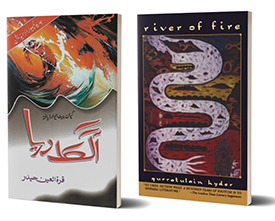
Aag Ka Darya by Qurratulain Hyder
Translated as River of Fire by the author
The novel unfolds over two and a half millennia of Indian history, covering the classical, medieval, colonial, and postcolonial periods. The narrative moves seamlessly from one epoch to another, interlinked by four characters: Gautam, Champa, Kamaal, and Cyril who represent the various ethnic and religious groups that have populated the region. In the final post-Partition period, historical continuity is disrupted with the division of people and creation of nation states. With its magical elements interlaced with parables, legends, and personal notes, Hyder’s masterpiece provides a sweeping overview of the history of the Indian subcontinent and sends out a clear message of inclusivity.
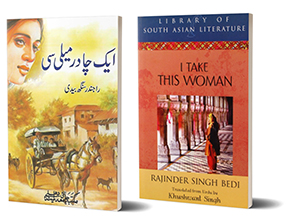
Ek Chadar Maili Si by Rajinder Singh Bedi
Translated as I Take This Woman by Khushwant Singh
Set in a village in undivided Punjab, the novel revolves around the lives of Rano and her young brother-in-law Mangal, who are forced to marry each other after the death of Rano’s husband, even though Rano has raised Mangal like her own son. Eventually, both Rano and Mangal reach a level of understanding and are able to form a conjugal bond. Tackling themes of sexuality, society, patriarchy across religions, this novel remains a classic in the Urdu literary canon.
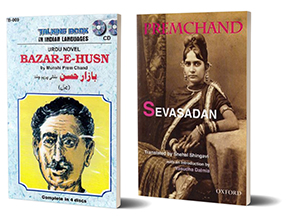
Bazaar-e-Husn by Premchand
Translated as Sevasadan by Snehal Shingavi
Originally written in Urdu, the novel was first published in Hindi in 1919 and in Urdu in 1924. Set at the turn of the twentieth century in the city of Benares, the novel tells the story of Suman, an unhappy housewife, who forced out of her home by her husband, ends up becoming a courtesan. During this period, as a result of social reforms, the local municipal corporation orders the relocation of kothas or brothels to the periphery of the city. Suman faces social ostracism as a courtesan and eventually discovers an existence that restores her agency. Through Bazaar-e-Husn, Premchand exposes the hypocrisy of society and presents a critique of the demand for women to be the standard bearers of morality in colonial India.
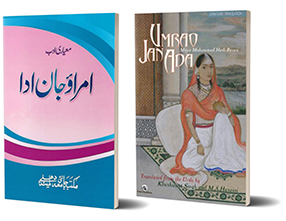
Umrao Jan Ada by Mirza Hadi Ruswa
Translated by Khushwant Singh and M. A. Husaini
Published in 1899, Umrao Jan Ada is a fictional first-person account of an eponymous Lucknawi courtesan and poet, as narrated to the author. Set in the mid-nineteenth century, the novel recreates the decadence of Awadhi aristocracy and provides an insight into the social impact of the Revolt of 1857 in Lucknow. As a young girl, Umrao is kidnapped and sold to a tawaif or a high-class courtesan and trained in classical music and dance and literature. Through the use of psychological realism, Ruswa creates one of the most complex and memorable characters in Urdu literature.
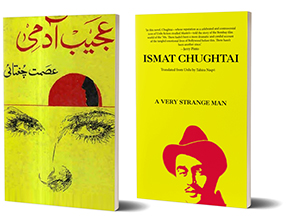
Ajeeb Aadmi by Ismat Chughtai
Translated as A Very Strange Man by Tahira Naqvi
Situated in the Bombay film industry of the 1940s and 50s, the novel tells the story of Dharam Dev, a popular married actor and director and his infatuation with Zarina, a young dancer from Madras. With his help, Zarina becomes a famous actress and subsequently abandons him. The narrative follows the descent of Dharam Dev and his wife into depression and alcoholism. Chughtai, who was herself part of the film industry as a screenwriter and producer, explores the dark side of ambition, glamour, and infatuation in her characteristic irreverent prose.
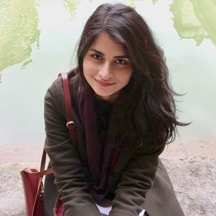
About the blogger
Priyanka Lindgren has a background in linguistics and refugee studies. She is passionate about world literature, in particular, 20th-century South Asian literature in translation. She is the Culture Editor at The Lead, part of the International Women’s Initiative. She blogs about books and South Asian identity at thesouthasianreader.wordpress.com.
